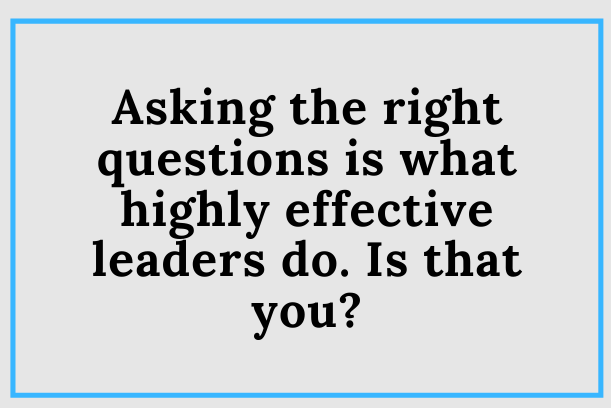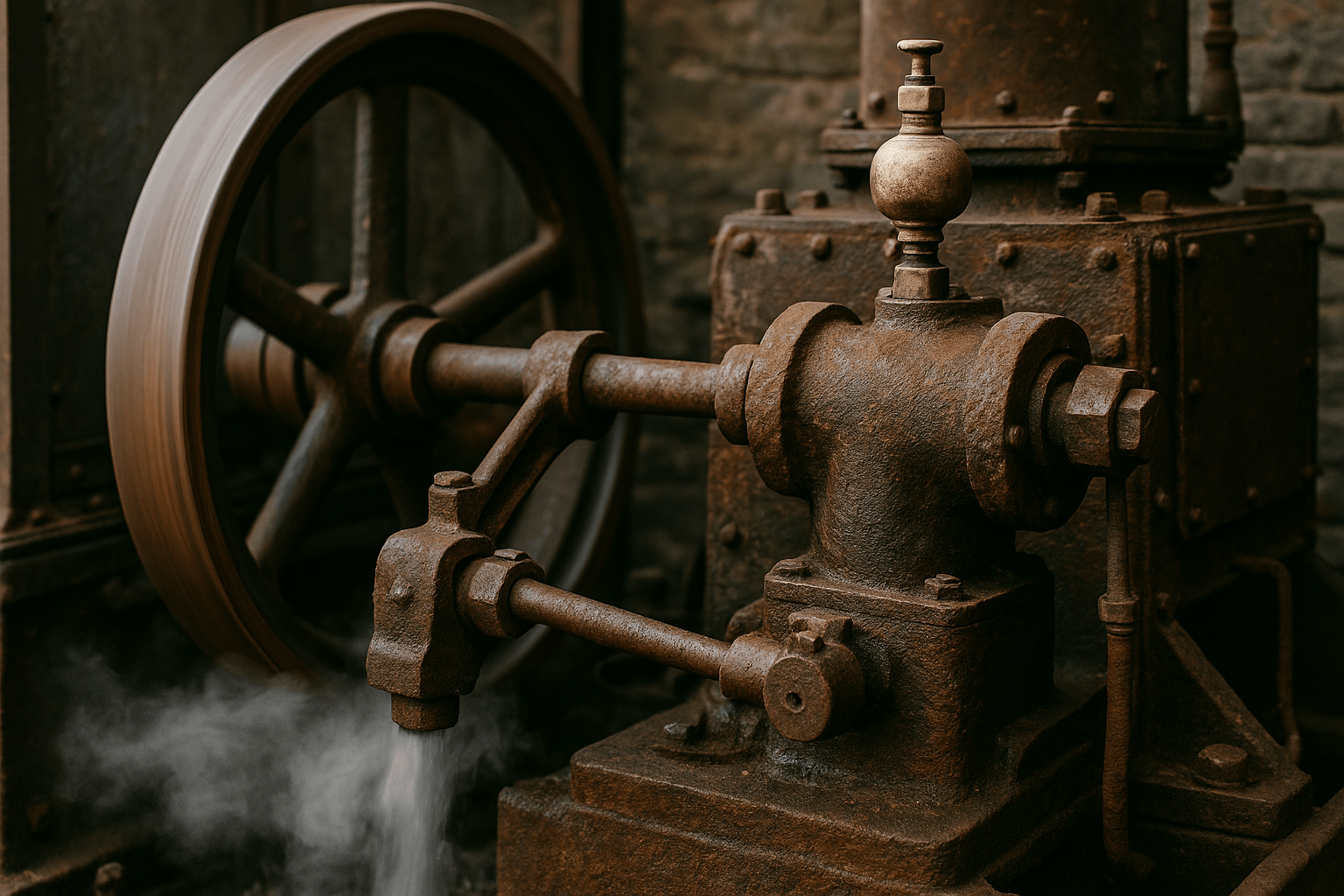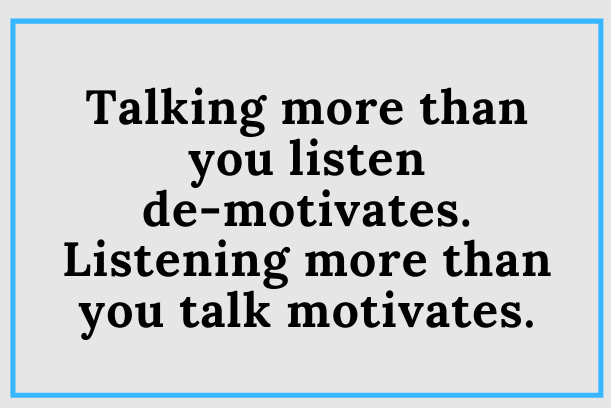Apr29

You know that your business has so much to offer. Your products & services are top tier. Your customers love your business. Still, there you are clicking on every search result, hoping to find that holy grail strategy when it comes creating a successful FB ad strategy.
You’re trying to promote your business using Facebook Ads, but nothing is really working all that well, and don’t know where to start.
If this is you, then keep reading.
There are several “Facebook ad tips” type of articles already on the web however the majority of them provide superficial instructions such as "Install a Facebook pixel" or "Create a Facebook audience."
I know you’re sick of reading the same old rehashed tips & strategies that you probably found on other blogs. So, let’s get down to the meat and potatoes of what it takes to really have success when creating Facebook ads.
In this article we’ll cover the 10 most important Facebook marketing optimization tips to help you take your campaign to the next level.
If you want to reach every member of your target audience and stay ahead of the competition, you'll need to optimize your Facebook ads both before and after they go live.
“So just be prepared to work for it if you want results… The good news is that it is well worth the time and effort.”
So, what exactly are these ten effective Facebook optimization techniques I'm referring to?
Continue reading to find out!
1. Increase the number of likes and shares on your Facebook page.
When it comes to your Facebook posts, likes and shares are vital when regarding social proof. If other people appreciate the ad, it must be a good product, right?
You have two options when creating a Facebook ad campaign, the default being to generate an entirely new piece of content for each ad set and campaign. But the "Use current post" option is frequently overlooked.
It is, however, a very effective technique to increase the number of likes and shares for your advertising.
You should use the "Use existing post" option to aggregate all campaign post engagements into a single ad.
If you're wondering how certain advertisers get hundreds or thousands of likes on their Facebook ads, it's likely using this exact optimization technique.
The simplest approach to create numerous ad campaigns with the same content is to first post the promotional post to your company's Facebook page.
Then, anytime you create new campaigns or A/B test variations, you may choose the post which already had social proof linked to it. I bet you didn’t know about this one. But sit tight, because there are many more to go.
It may take a few days to build up enough momentum for the results to improve.
It may take a while for the campaign to become live, especially if you're dealing with a limited budget. That's why I prefer to use rapid takeoff - or FTO - methods to speed up the optimization process.
The FTO technique works as follows:
Allocate daily or lifetime budgets that exceed your anticipated budget when beginning a new campaign.
But avoid using expedited delivery since Facebook will prioritize ad delivery speed over quality and expense.
You can evaluate what’s working and what needs to be improved once your ads have received over 10,000 impressions. Then you can lower your budget after the initial campaign launch to meet your entire intended expenditure.
However, that after each new change, you need to give Facebook at least 24 hours to modify the performance of your advertisements.
Consider waiting at least 24 to 48 hours after making significant modifications to your campaigns before drawing any conclusions.
Are your Facebook campaigns active 24 hours a day, 7 days a week, and reaching your target audience?
Analyzing your Facebook ad accounts is a crucial aspect of Facebook optimization. And I've found that certain days and hours are always better than others.
Go to your Facebook Ads Manager reports and use the Breakdown tab to break down your ads by day to discover which days of the week provide the most conversions to the lowest CPA.
To determine the optimum times, use your performance data from your previous Facebook ads. Then you can set specific time frames when your audience is most likely to respond.
This data allows you to easily identify which times of day (in the time zone of your ad account or in the time zone of your print time) perform best for whichever KPI is most relevant to you.
You can then use this data to create an hourly timetable for your campaigns, to make sure that they only run during the most active times of the day.
This means that the CPC will skyrocket when your target demographic has viewed your Facebook ad four or more times. And that sucks!
So, how can you make your Facebook ad campaign more engaging so that people don't get tired of seeing it?
Here's a quick Facebook optimization tip to help you avoid ad fatigue:
Keep things fresh and entertaining. Now let’s go on to tip number 5.
When it comes to Facebook advertising, the location of your ads has a significant influence on expenses.
So much so that, depending on ad location, CPC might vary by more than 550 percent.
Log into Facebook Ads Manager and utilize the Breakdown tab to break down your campaigns by placement to find your top-performing ad placements.
Go ahead and optimize your campaigns when you've discovered your top-performing ad placements:
Increase your bids on ad locations that are doing well. If a top-performing ad placement performance falls short of your expectations, simply remove it from your ad set.
Location, location, location. Now let’s talk about testing.
Finding out what works is an important element of Facebook optimization.
What better approach to learn about the best-performing ad creatives, messaging, or audiences than to do a Facebook A/B test?
However, not everything should be A/B tested.
Consider which ad element can have the most impact on CTR and conversion rate when brainstorming A/B testing ideas for Facebook.
I propose that you begin by evaluating your:
-Ad language, especially the headline, is important in ad design.
-Offer of exceptional value
-Advertisement placements
-Buttons that prompt people to take action (call-to-action)
-Methods of auction
-Objectives of the campaign
Many Facebook advertisers make the mistake of attempting to test too many different ad components at once.
Before taking any inferences from our test findings, you should gather at least 100 conversions (i.e., clicks or leads) for each option. If you can expect 300 or 500 conversions per each variation, that's much better.
The first choice to make when creating a new Facebook ad campaign is the campaign objective.
The campaign goals inform Facebook what your ad campaign's ultimate aim is, which aids Facebook's algorithms to work for you. For best results, optimize your ad serving.
In other words, you're instructing Facebook how to optimize your ad campaign automatically.
Choosing the proper Facebook ad goal during the campaign creation process is critical, since it will affect how your advertisements are delivered and how much they cost each result.
Optimizing your Facebook targeting is another method to expand the reach of your campaign without going over budget.
It's pointless to keep presenting the same advertising to someone who has already engaged in it. These leads should be forwarded to the next stage of your marketing funnel, where they will be targeted with new messages.
If you’re marketing a service and someone already purchased it, for example, you shouldn't spend any further ad revenue, showing your ad to that person again.
Instead, you may establish a special Facebook audience of converts and leave them out of your campaign.
Did you know that in Facebook Ads Manager, you can create rules for automated optimization? Well, you can and I can tell you that it’s a “hidden” gem.
Facebook Automated Rules is the name of this function. And anyone doing business on Facebook may use it for free.
Four things can happen automatically if the rule conditions are met:
-Deactivate the campaign, ad set, or ad individually.
-Send a message to the ad manager.
-Change your budget (raise / reduce your daily / lifetime budget by...)
-Manually adjust the bid (increase/decrease the bid by...)
Just keep in mind that optimization is a never-ending process of trial and error. While it is not a simple process, it is well worth the time and effort as it’s one of the most effective strategies to gain new customers & clients.
By applying just a few of the techniques outlined in this article you will see a boost in your ads effectiveness without boosting your ad budget.
Now that you have the tools you need to create successful campaigns, what are you waiting for? It’s time to get your hands dirty, create, test and see what works for your particular business.
Lastly, if you found this article helpful, share it with a friend or two. They will be super grateful to learn these advanced jedi optimization tricks for Facebook Ads too!
Keywords: Business Strategy, Social
 Do You Ask Your People The Right Questions?
Do You Ask Your People The Right Questions? What If “It’s Working Fine” Is Actually Costing You?
What If “It’s Working Fine” Is Actually Costing You? AI Agents with Mistral AI LLMs: A New Paradigm for Scientific Discovery
AI Agents with Mistral AI LLMs: A New Paradigm for Scientific Discovery Do You Listen More Than You Talk?
Do You Listen More Than You Talk? Linking Strategy to Operations and Finance
Linking Strategy to Operations and Finance